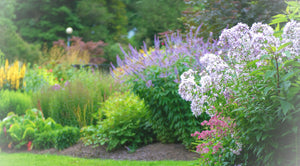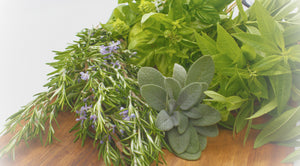Most plants have their requirements expressed by symbols, which you will find on the care tag of most plants. The trick is figuring out what those symbols actually mean.
Most light needs are divided into 3 specific categories: full sun, semi-shade and shade. However, these classifications are not standardized, so variations do exist. In addition, the number of daylight hours also has an effect on the growth of plants. In winter, there is less sunlight and a plant that received more than adequate light during the summer months may be light deprived in the winter. Be flexible. The number of daylight hours also influences the flowering period and the growth of the plant.
In general, the three light requirements are:
Most light needs are divided into 3 specific categories: full sun, semi-shade and shade. However, these classifications are not standardized, so variations do exist. In addition, the number of daylight hours also has an effect on the growth of plants. In winter, there is less sunlight and a plant that received more than adequate light during the summer months may be light deprived in the winter. Be flexible. The number of daylight hours also influences the flowering period and the growth of the plant.
In general, the three light requirements are:





